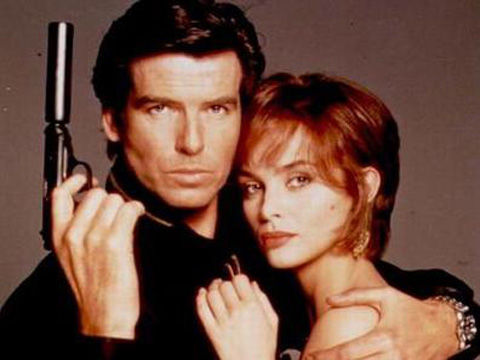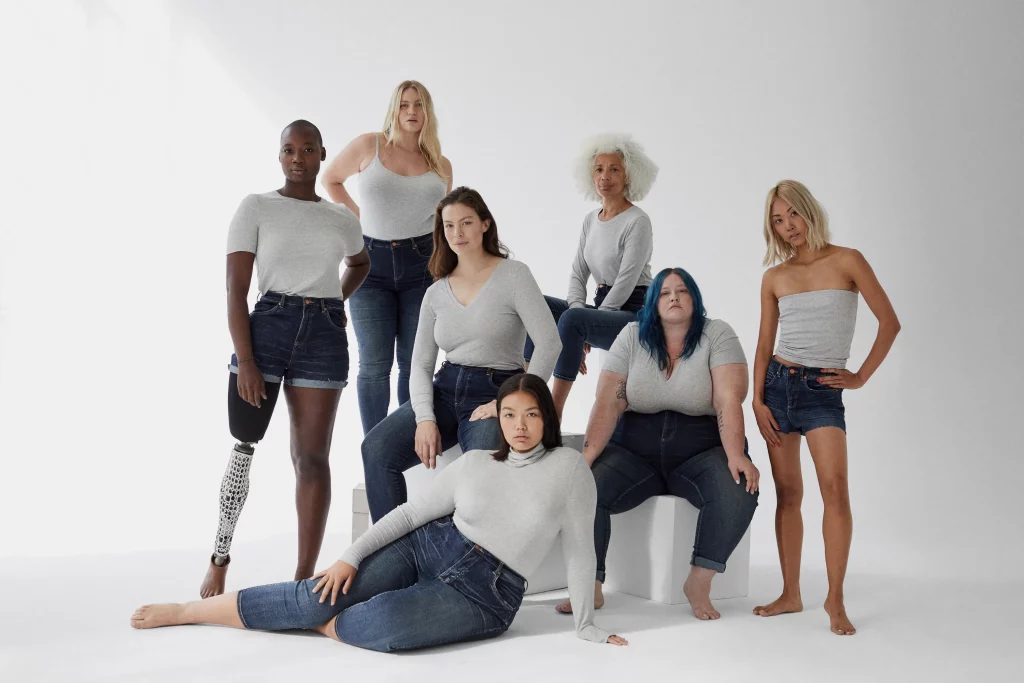Xun Zhu (Vertin)
Introduction
Welcome to ‘media insights’. I am Vertin. Today, we will focus on a controversial topic – “male gaze”. This concept was first proposed by Laura Mulvey. In simple terms, it points out such a fact: in many media narratives, women are often designed as objects of visual consumption, and the subject of viewing is almost always male. In the contemporary media environment, “male gaze” is not only a manifestation of visual culture, but also a potential construction mechanism of gender power relations through symbols and narratives. So how does this happen exactly? More importantly, what profound impact does this gaze have on our understanding of gender? Let’s analyze it from three angles: how women are “seen”, how gender power is consolidated, and data-driven gaze.
podcast outline
1.Objectify women: Construct gender cognition through visual symbols.
Theoretical basis: Mulvey’s “Visual Pleasure and Narrative Film”
Case Study: Victoria’s Secret Fashion Show
Anti-narrative in the new media environment — Case: Humorous anti-narrative on TikTok (ŌĆ£Very Demure, Very MindfulŌĆØ trend).
2.How is gender power consolidated: Design of narrative framework
Theoretical background: Gendered power relations in traditional narratives
Case: The image of “Bond girls” in the “007” film series.
Case: Neharika Yadav’s professional racing narrative
3.Digital gaze: How algorithms reinforce gender concepts
Case: Instagram and TikTok promote highly gendered aesthetic standards.
Case: TikTok’s “body positivity” trend
Further reading
These are the relevant events I mentioned in the podcast below, and you can read further about the events if you’re interested.
Victoria’s Secret Fashion Show 2024

Very demure very mindful
In the context of this very demure very mindful TikTok trend, ŌĆ£demureŌĆØ is used to describe a hyper-feminine and reserved demeanor.LebronŌĆÖs original video, where she detailed her beauty routineŌĆöcomplete with makeup, a long straight wig, and perfumeŌĆöexemplified this concept in a tongue-in-cheek manner.

Hollywood movie series “007”.
In the Hollywood movie series “007”, James Bond, as a symbol of male authority, the “Bond girls” around him only play decorative roles. Their existence is only to highlight Bond’s male charm and has no substantial impact on the narrative development. This kind of narrative reinforces the stereotypical impression of men as heroes and women as dependents.

Professional motorcycle racer Neharika Yadav
Professional motorcycle racer Neharika Yadav uses social media to showcase her achievements in this traditionally male-dominated sport. By sharing her experiences of competing on international racetracks, she challenges gender stereotypes and encourages young Indian women to pursue their passions regardless of social expectations.

Body positivity
The “body positivity” trend on TikTok combats mainstream aesthetic standards through real, unadorned body displays. Its viral spread relies on the same algorithmic logic.
Reference list
Ross, K. (2009) Gendered Media, [Introduction and Chapter 1], pp. 1-40.
Mulvey, L. (2006). ŌĆśVisual Pleasure and Narrative Cinema. in Durham, M.G. & D. Kellner (2006), Media and Cultural Studies: Key works
Noble, S. U. (2018). Algorithms of oppression: How search engines reinforce racism. In Algorithms of oppression. New York university press.
Van Zoonen, L. (1994). Feminist Media Studies. London: SAGE.
Gill, R. (2008). Empowerment/Sexism: Figuring Female Sexual Agency in Contemporary Advertising, Feminism & Psychology 18(1). Los Angeles: SAGE.

